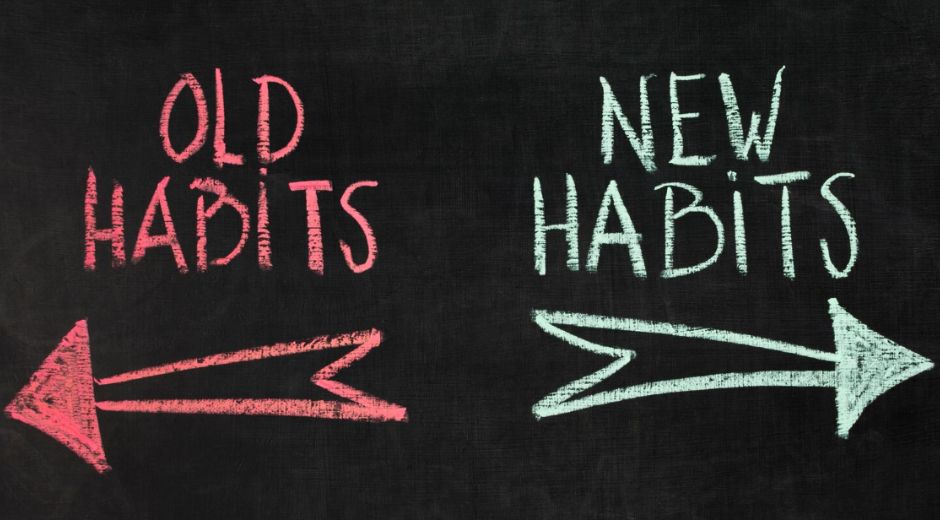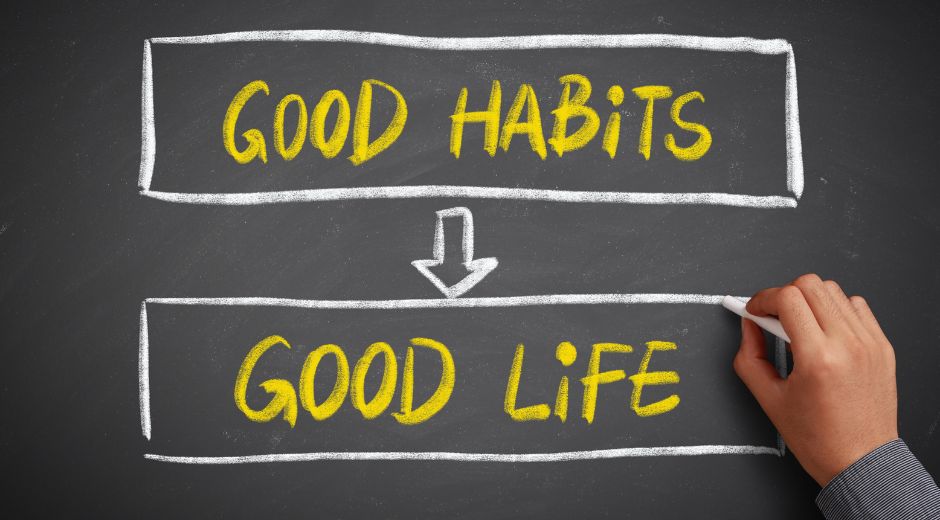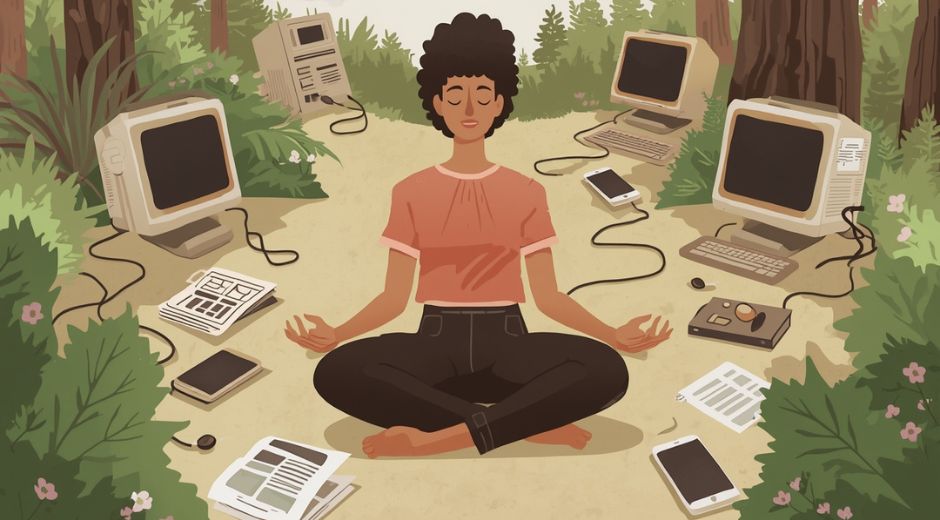Habits, Spaces, and Moments: Making Life Work for You
Habits, Spaces, and Moments: Making Life Work for You
Life is a complex mix of routines, environments, and fleeting moments. How we manage these elements determines our productivity, happiness, and overall sense of fulfillment. Understanding the science of habits, designing functional spaces, and intentionally shaping daily moments can transform the way we live.
This article explores practical strategies for creating routines, optimizing your surroundings, and using micro-moments to build a life that works for you.
1. The Power of Habits
Habits are the foundation of our daily lives. Research shows that 40-45% of our daily actions are habitual, meaning small adjustments can yield significant impact.
-
Identify Keystone Habits: Certain habits influence multiple areas of life, such as exercise or journaling.
-
Start Small: Introduce manageable routines to ensure long-term adherence.
-
Consistency Over Perfection: Daily repetition is more powerful than sporadic efforts.
By focusing on habits, we can create momentum that shapes behaviors, productivity, and well-being.
2. Building Effective Routines
Routines create structure and reduce decision fatigue. Well-designed routines integrate key habits into a seamless flow:
-
Morning Rituals: Begin the day with activities that energize and focus you, such as meditation, light exercise, or planning.
-
Work Blocks: Schedule uninterrupted periods for deep work to increase output and reduce stress.
-
Evening Wind-Down: Reflect, relax, and prepare for restorative sleep.
Establishing routines makes positive habits automatic, freeing mental energy for creative and strategic thinking.
3. The Role of Physical Spaces
Your environment profoundly affects your behaviors and habits. Thoughtful design can enhance productivity and well-being:
-
Decluttered Spaces: Reduce distractions by organizing your home and workspace.
-
Dedicated Zones: Assign areas for work, relaxation, and hobbies to create context-specific behavior cues.
-
Natural Elements: Incorporate plants, sunlight, and open space to boost mood and creativity.
-
Ergonomics: Comfortable furniture and functional layouts improve efficiency and physical health.
By designing spaces that support desired habits, you create an environment conducive to success and balance.
4. Micro-Moments and Mindful Living
Moments between tasks or transitions can become opportunities for growth:
-
Mindful Pauses: Take 1-2 minutes to breathe, stretch, or reflect between activities.
-
Microlearning: Use short breaks to learn a skill, read, or review notes.
-
Intentional Social Interactions: Make the most of casual conversations to strengthen relationships.
Turning ordinary moments into intentional actions reinforces habits and adds purpose to daily life.
5. Habit Stacking for Maximum Impact
A proven method to reinforce habits is habit stacking, linking new behaviors to established routines:
-
Morning Example: After brushing your teeth, immediately write down three priorities for the day.
-
Work Example: When starting your computer, open a note-taking app to review tasks.
-
Evening Example: Before turning off lights, reflect on one success from the day.
Habit stacking makes new routines easier to adopt and sustains long-term behavior change.
6. Overcoming Common Habit Challenges
Health-focused habits provide energy and mental clarity for all areas of life:
-
Balanced Diet: Prioritize whole foods and regular meal timing to maintain energy.
-
Hydration: Adequate water intake enhances focus and well-being.
-
Exercise: Incorporate daily movement to improve mood, energy, and longevity.
-
Sleep Hygiene: Consistent sleep schedules and environments optimize recovery.
Integrating these habits into your lifestyle amplifies productivity and satisfaction.
8. Nutrition and Lifestyle Habits
-
Technology can reinforce or disrupt daily habits. Properly utilized, digital tools enhance productivity:
-
Task Management: Apps like Todoist, Notion, or Trello help track routines and deadlines.
-
Habit Trackers: Apps like Habitica or Streaks provide visual motivation and accountability.
-
Mindfulness Apps: Tools like Headspace or Calm encourage reflection and stress reduction.
-
Timers and Focus Apps: Pomodoro-style apps maintain attention and productivity.
Choosing the right tools ensures technology supports rather than sabotages your habits.
-
7. Digital Tools to Support Habits
Even well-intentioned habits can falter without awareness of obstacles:
-
Procrastination: Break large tasks into micro-actions to make starting easier.
-
Distractions: Use app blockers, noise-cancelling headphones, or dedicated focus zones.
-
Lack of Motivation: Track progress visually and celebrate small wins.
-
Inconsistent Schedules: Build flexibility into routines to accommodate life’s unpredictability.
By anticipating and mitigating challenges, habits are more likely to stick.
9. Social and Relational Habits
Human connection is a vital component of a balanced life:
-
Check-Ins: Regularly connect with friends, family, or colleagues to maintain relationships.
-
Active Listening: Practice attentiveness and empathy in conversations.
-
Community Engagement: Volunteer or participate in local groups to build purpose and support.
-
Digital Boundaries: Manage screen time to focus on meaningful interactions.
Strong social habits foster support networks, reduce stress, and enhance emotional health.
10. Reflection and Growth
-
Entrepreneurs: By stacking morning routines and reflection practices, leaders maintain clarity and strategic focus.
-
Students: Structured study schedules, microlearning, and mindful breaks improve performance.
-
Professionals: Task prioritization and environment optimization enhance productivity and reduce burnout.
These examples demonstrate that consistent habits shape real-world outcomes.
11. Case Studies of Habit-Driven Success
-
Reflection is an often-overlooked habit with profound effects:
-
Journaling: Capture insights, gratitude, and lessons learned.
-
Monthly Reviews: Assess progress toward goals and adjust strategies.
-
Mindful Self-Assessment: Identify patterns, strengths, and areas for improvement.
Regular reflection reinforces positive habits and encourages continuous personal growth.
-
12. Future Trends in Habits and Lifestyle Design
-
Looking ahead, evolving societal patterns influence how we form and sustain habits:
-
Tech Integration: Wearables and AI-driven apps will personalize habit-building.
-
Remote Work Influence: Flexible schedules require self-directed habits for productivity.
-
Holistic Wellness: Mind, body, and environment-focused routines gain prominence.
-
Global Connectivity: Shared cultural practices shape emerging habits and lifestyles.
Adapting to these trends ensures sustained effectiveness in a rapidly changing world.
-
13. Conclusion: Making Life Work for You
-
Creating a life that works requires intentionality. By focusing on habits, designing supportive spaces, and leveraging everyday moments, individuals can maximize productivity, well-being, and fulfillment.
Consistency, reflection, and adaptability are essential. The stories we live through and the routines we practice shape our experiences. By integrating these strategies, anyone can turn daily life into a purposeful, empowered journey.
Internal Link Example:
For more insights on habits and lifestyle strategies, visit Newspapersio.com.
The Pulse of Sport

Economic Blocs: How Regional Alliances Are Redefining Global Power
Economic Blocs: How Regional Alliances Are Redefining Global Power examines how nations unite through trade and policy to shape the world economy.

Blue Zones: Unlocking the Secrets of Longevity and Purposeful Living
Blue Zones: Unlocking the Secrets of Longevity and Purposeful Living explores how specific communities thrive through balance, purpose, and healthy habits.

Soundscapes: How Sonic Design Shapes Emotion and Immersion in Modern Culture
Soundscapes: How Sonic Design Shapes Emotion and Immersion in Modern Culture explores how music, noise, and silence influence perception and creativity.

Edge Intelligence: The Next Frontier of Smarter, Faster, and Decentralized Computing
Edge Intelligence: The Next Frontier of Smarter, Faster, and Decentralized Computing explores how AI and edge systems redefine real-time data processing.

Sanctions and Global Power: How Economic Pressure Shapes Modern Diplomacy
Sanctions and Global Power: How Economic Pressure Shapes Modern Diplomacy explores how nations use trade, finance, and policy to influence global decisions.

Circadian Rhythm: How Your Body’s Internal Clock Shapes Health and Performance
Circadian Rhythm: How Your Body’s Internal Clock Shapes Health and Performance explores how daily cycles influence sleep, energy, mood, and longevity.

Immersive Theater: Redefining How Audiences Experience Storytelling
Immersive Theater: Redefining How Audiences Experience Storytelling explores how interactive performance reshapes art, emotion, and audience connection.

Digital Twins: How Virtual Replicas Are Powering Real-World Innovation
Digital Twins: How Virtual Replicas Are Powering Real-World Innovation explores how this technology reshapes industries from healthcare to aviation.

AI-Driven Cybersecurity: The Future of Digital Defense in a Hyperconnected World
AI-Driven Cybersecurity explores how artificial intelligence is transforming global digital defense, reshaping threat detection, and redefining the future of technology innovation. Insights

Music Streaming Economics: How Digital Platforms Are Redefining the Global Sound Industry
Music Streaming Economics explores how digital platforms are reshaping artist revenue, consumer habits, and global entertainment.













